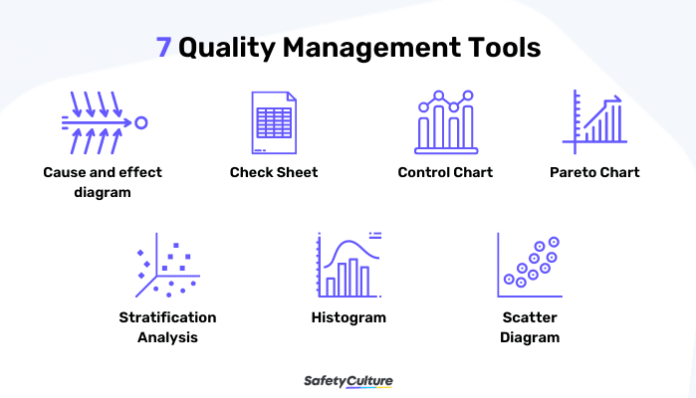Maintaining high-quality standards is a critical part of any successful business strategy. To achieve this, companies across industries turn to effective quality control systems. One of the cornerstones of these systems is the use of specific tools designed to monitor and improve quality at every stage of production or service delivery.
Understanding the Role of Quality Control Tools
Quality Control Tools are practical techniques used to identify, analyze, and solve quality-related issues. They provide structured ways to collect and interpret data, making it easier to manage quality assurance processes. From spotting defects to tracking performance trends, these tools empower teams to take proactive action.
Key Benefits of Quality Control Tools in Operational Efficiency
Businesses that integrate Quality Control Tools into their workflows experience several benefits. These include fewer errors, improved product consistency, and faster problem resolution. Additionally, these tools support compliance with industry regulations and help maintain customer trust through consistent quality delivery.
The Most Widely Used Quality Control Tools
There are several essential Quality Control Tools that are commonly adopted in both manufacturing and service industries:
1. Flowcharts
Flowcharts help visualize the sequence of steps in a process, making it easier to identify inefficiencies or potential errors.
2. Cause-and-Effect Diagram
Also called a fishbone or Ishikawa diagram, this tool helps uncover the root causes of quality problems by categorizing potential factors.
3. Control Charts
Used to monitor process performance over time, control charts highlight variations that may need corrective actions.
4. Check Sheets
Check sheets are used for structured data collection, allowing for consistent tracking of defects or other key quality indicators.
5. Pareto Charts
These charts are useful for prioritizing problems based on their frequency, following the principle that a few issues often cause most of the defects.
6. Histograms
Histograms show the distribution of data and reveal patterns that might suggest problems in a process.
7. Scatter Diagrams
These diagrams explore relationships between two variables, helping teams identify correlations that could impact quality.
Why Every Organization Needs Quality Control Tools
Using Quality Control Tools ensures a systematic approach to maintaining and improving quality. They allow for early detection of problems, support data-driven decisions, and create a culture of continuous improvement. No matter the industry, these tools help organizations deliver better outcomes and build stronger reputations.
Final Thoughts
In today’s competitive landscape, quality is non-negotiable. Quality Control Tools provide the foundation for building reliable products and services while fostering operational excellence. By integrating these tools into your daily processes, your business can stay ahead in performance, compliance, and customer satisfaction.



